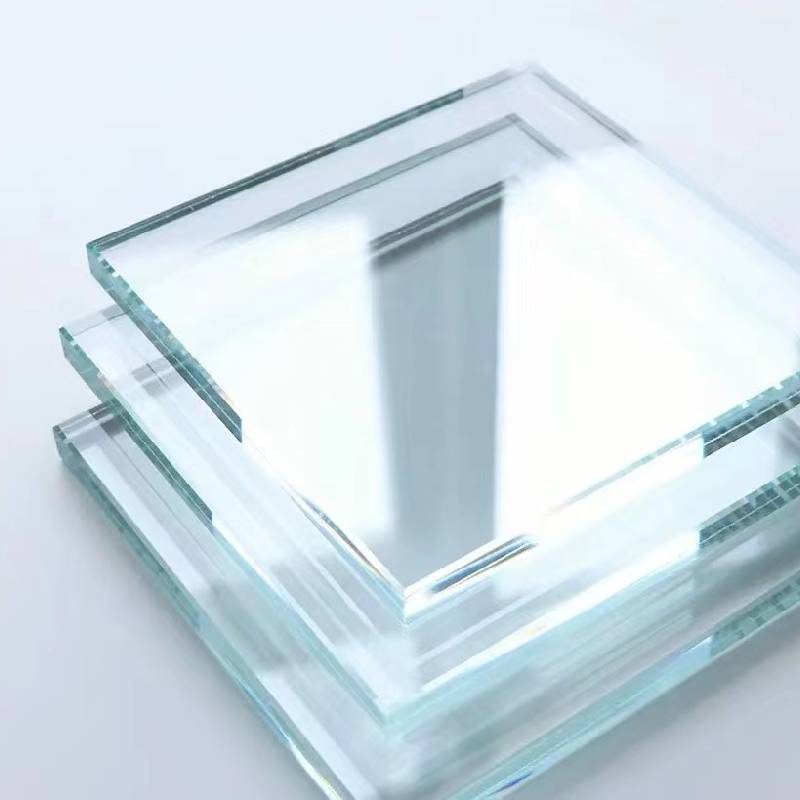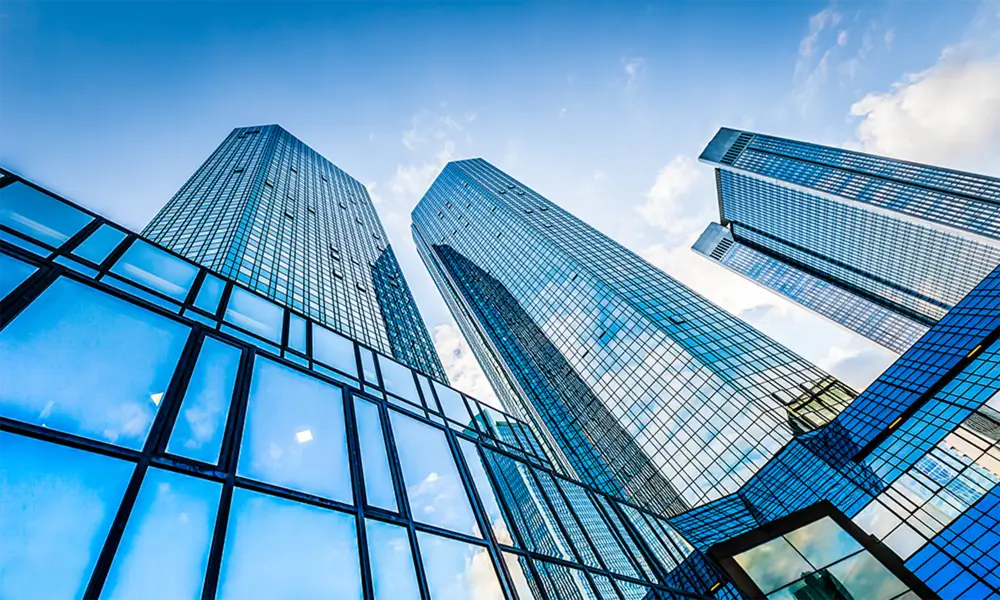Low E reflective glass is revolutionizing the modern architectural landscape, offering a blend of energy efficiency, aesthetic appeal, and optimal performance. Imagine entering a building where the ambient temperature is perfectly balanced, natural light floods the space without compromising on insulation, and energy bills are noticeably reduced. This is the promise of Low E reflective glass, an innovative product that is as sophisticated as it is beneficial.

In the construction industry, selecting the right materials is crucial not only for compliance with building regulations but also for enhancing the lifespan and effectiveness of a structure. Low E reflective glass, or low-emissivity reflective glass, is designed to reflect radiant heat while allowing light to pass through. This dual characteristic means that buildings can maintain a consistent internal temperature throughout the year, offering savings on heating and cooling costs.
The secret behind Low E reflective glass lies in its advanced coating technology. This type of glass features an ultra-thin metallic coating applied to one side, which works by minimizing the amount of infrared and ultraviolet light that can pass through, without compromising the visible light transmission. Hence, it reduces the solar heat gain coefficient significantly, making it a smart choice for both hot and cold climates.

For property developers and homeowners alike, the investment in Low E reflective glass is a decision backed by science and research. Studies indicate that implementing this type of glass in windows can lead to energy savings of up to 50%. This efficiency translates to lower carbon emissions, supporting environmental sustainability goals while also reducing utility costs.
In terms of aesthetic appeal, Low E reflective glass offers numerous design possibilities without sacrificing functionality. With options ranging from clear to tinted finishes, architects have the freedom to design visually striking facades. This variety allows for customization according to specific project requirements, ensuring that aesthetic vision is aligned with functional needs. Moreover, its reflective quality can enhance privacy while maintaining views of the outside, a feature particularly desirable in urban settings.
low e reflective glass
Low E reflective glass doesn’t just stop at aesthetics and energy efficiency; it also significantly contributes to occupant comfort and health. The reduction in UV penetration helps protect interior furnishings from fading, while at the same time, it makes interiors more comfortable by preventing hot spots or cold drafts near windows. This is particularly beneficial in office environments where consistent lighting and temperature are conducive to productivity and well-being.
Beyond its immediate benefits, the broader implications of Low E reflective glass in reducing carbon footprints cannot be understated. It aligns perfectly with green building certifications like LEED (Leadership in Energy and Environmental Design), which emphasize energy efficiency and sustainable materials. Buildings that incorporate Low E glass often see an increase in property value, garnering premium rates due to their reduced operational costs and eco-friendly credentials.
Crafted with the end-user in mind, the use of Low E reflective glass showcases a commitment to quality and innovation. Industry leaders and materials scientists stand behind this product, offering extensive warranties and certifications. Such endorsements ensure users that they are investing in a reliable, proven technology crafted with precision and foresight.
The versatility of Low E reflective glass extends to its easy maintenance. It is durable and capable of withstanding extreme weather conditions, reducing the frequency and costs associated with repairs and replacements. Its robust nature also means it performs consistently over time, unlike conventional glass options that may degrade and lose their insulating properties.
In conclusion, Low E reflective glass is more than just a building material; it's a transformative product offering significant energy savings, environmental benefits, and enhanced occupant satisfaction. Its growing adoption across residential, commercial, and public infrastructures signifies a trend towards smarter, sustainable construction practices. As more industry experts endorse its use, and as its benefits continue to be realized and documented, Low E reflective glass will undoubtedly remain at the forefront of modern architectural solutions, marking a pivotal point in sustainable design.



